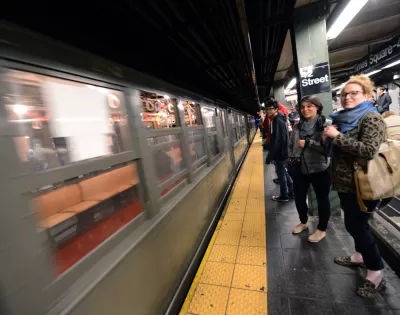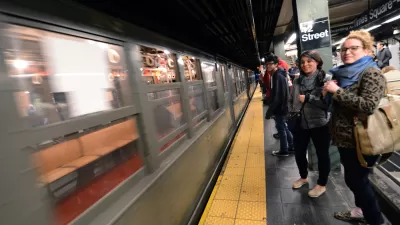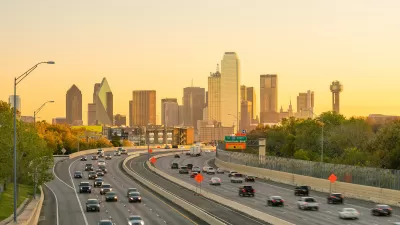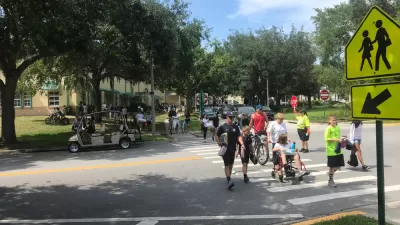Transit in general, and buses in particular, are losing riders, especially during off peak hours. Car pooling is down sharply as well.

From 1996 to 2014 public transit ridership in the United States increased more or less steadily, with much of that growth coming from gains in New York subway ridership. Now that trend is over, and transit ridership is on the decline. This decline has taken place even as the country's population has increased, meaning that the per capita declines are even more pronounced.
"What I argue here is that what we’re seeing now is unquestionably a decline in transit ridership—almost universal among large cities. Yet there are reasons to believe it isn’t a permanent shift, given that its causes don’t appear to be primarily related to technological change," Yonah Freemark writes.
Looking at commuting, Freemark finds the dominance of driving alone isn't new but a trend that can be tracked back to at least the seventies. In past decades, carpooling accounted for more than 20 percent of all trips to and from work, now carpooling, transit, walking, and biking put together don't add up to even 25 percent of trips. "The significant decline over the past few years is reinforcing what has been happening for ages, probably not reflecting the availability of new transportation modes likes ride-hailing or a sudden change of interest of the public away from transit," Freemark argues.
But talk of a transit collapse may end up a self-fulfilling prophecy. If officials, convinced by grim arguments about transit, decide to forgo investment in favor of more car-focused infrastructure and to let private services like Uber handle mobility, then a few years of falling ridership could turn into a death spiral.
FULL STORY: U.S. transit systems are shedding riders. Are they under threat?

Study: Maui’s Plan to Convert Vacation Rentals to Long-Term Housing Could Cause Nearly $1 Billion Economic Loss
The plan would reduce visitor accommodation by 25,% resulting in 1,900 jobs lost.

North Texas Transit Leaders Tout Benefits of TOD for Growing Region
At a summit focused on transit-oriented development, policymakers discussed how North Texas’ expanded light rail system can serve as a tool for economic growth.

Why Should We Subsidize Public Transportation?
Many public transit agencies face financial stress due to rising costs, declining fare revenue, and declining subsidies. Transit advocates must provide a strong business case for increasing public transit funding.

How to Make US Trains Faster
Changes to boarding platforms and a switch to electric trains could improve U.S. passenger rail service without the added cost of high-speed rail.

Columbia’s Revitalized ‘Loop’ Is a Hub for Local Entrepreneurs
A focus on small businesses is helping a commercial corridor in Columbia, Missouri thrive.

Invasive Insect Threatens Minnesota’s Ash Forests
The Emerald Ash Borer is a rapidly spreading invasive pest threatening Minnesota’s ash trees, and homeowners are encouraged to plant diverse replacement species, avoid moving ash firewood, and monitor for signs of infestation.
Urban Design for Planners 1: Software Tools
This six-course series explores essential urban design concepts using open source software and equips planners with the tools they need to participate fully in the urban design process.
Planning for Universal Design
Learn the tools for implementing Universal Design in planning regulations.
Ascent Environmental
Borough of Carlisle
Institute for Housing and Urban Development Studies (IHS)
City of Grandview
Harvard GSD Executive Education
Toledo-Lucas County Plan Commissions
Salt Lake City
NYU Wagner Graduate School of Public Service





























